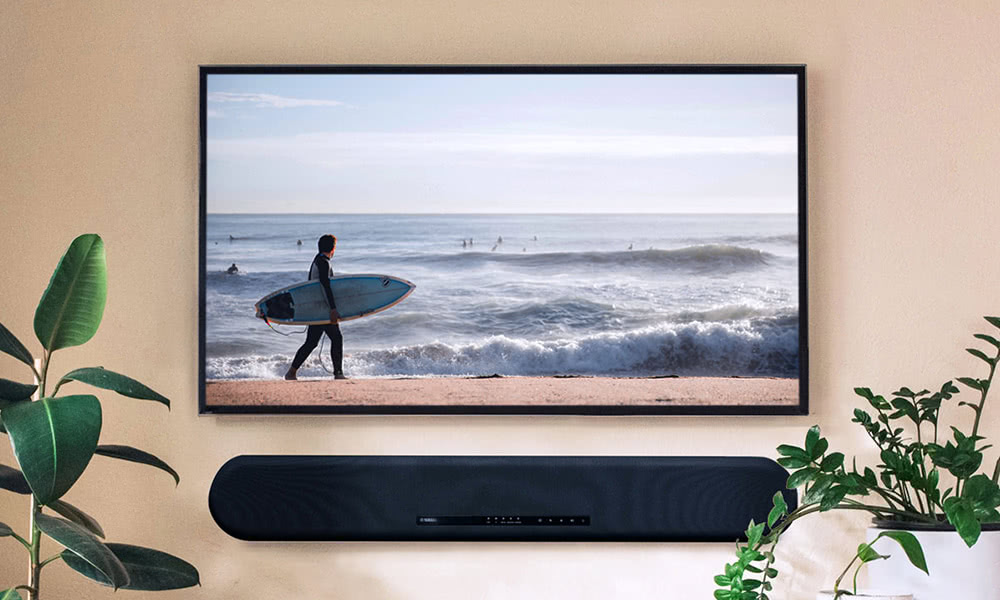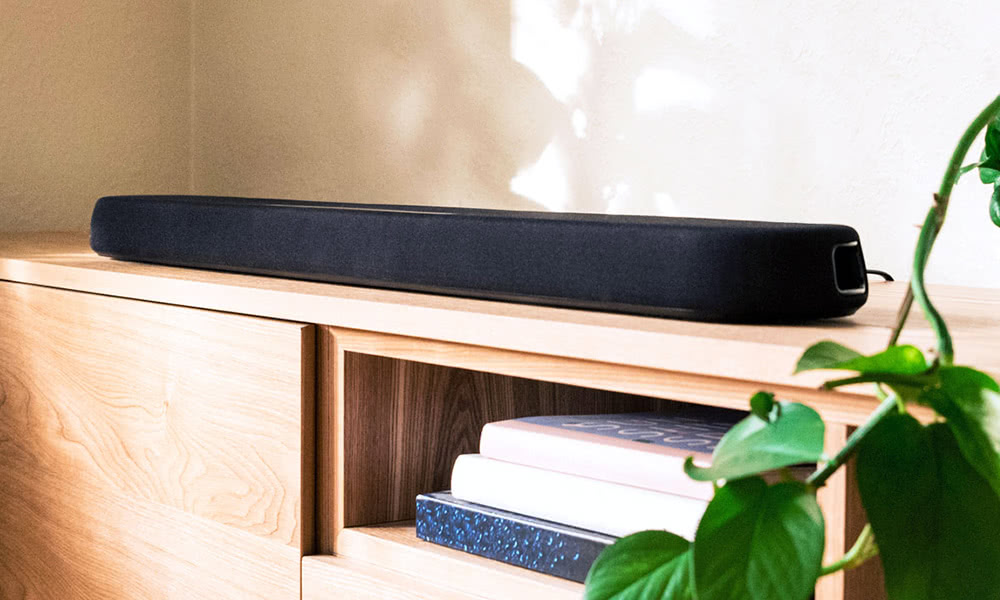This article is presented together with Yamaha Home Entertainment Australia, the world’s largest sound company.
Remember a decade or so ago, when home cinemas were the kind of lavish treats you only encountered when hanging out at the home of your very rich mates? Well, the times, as they say, are changing. These days, the home cinema game has – thankfully and finally – been democratized. Power now rests firmly in the hands of the people.
No longer only the domain of the rich and powerful, huge technological breakthroughs have rendered the home cinema a stunningly achievable treat for almost all of us. You don’t need to mortgage your house or build an extra storey to forever alter your Netflix game; you just need to spend a few hundred well-earned dollars in the right places and bam – before you know it, you’ll have a set-up that’ll make your mates drool.

Beats sticky seats and overpriced food, right?
Now, I know what some of you might be saying. “Hold up!” you’re murmuring, brow furrowed. “What’s the point of home cinemas at all?” And trust me, I get the concern. After all, one of the allures of Netflix is how casual it is to access. Everything about our modern content-consuming experience has become about accessing entertainment without fanfare.
The way we read the news; consume information; watch movies… These days the prerogative is always doing it on the go, snappily, as quickly as possible. And trust me, there’s no hidden judgement in that assessment from me – we all live tough lives, so what’s the point of making relaxation tough too? You go to the movies for the widescreen experience; you chill with yer significant other for the Netflix one, right? What’s the point of trying to turn one into the other?
Good question. Lemme tackle it.
So what’s the point of home cinemas anyway?
There’s no use trying to hide it: there are advantages to watching Netflix on your phone, or curled up in bed on the laptop, fighting the Winter blues with your hundredth re-watch of The Office. But that’s exactly the point; casual viewings on a laptop pair with a certain kind of content.
We’ve all been there; it’s noon on a Saturday, and the refreshments from Friday night are still violently leaving your system, rendering you utterly incapable of human thought, let alone able to properly engage your brain with something you haven’t seen before. And so there’s content for that kind of mood; shows you’ve watched over and over again and know by heart; dumb Adam Sandler comedies (of which Netflix has a frighteningly large amount); and those British cooking shows that are as weirdly addictive as crack.
With gems like Annihilation coming to Netflix instead of Australian theatres, it’s prime time for a home cinema
But what about the rest of the time? What about Netflix’s highly prized original films; widescreen affairs helmed by some of our most accomplished filmmakers? Those aren’t rarities either; these days, more and more all-time great filmmakers are reaping the rewards of Netflix’s generous content budget.
The excellent sci-fi horror flicks Extinction and Annihilation; Okja, Bong Joon-Ho’s latest subversive slice of art; horror masterpiece The Ritual… These are all films designed with a proper screen and sound system in mind. Watching a film like Annihilation for example, what with its warbly, extraordinary soundtrack, on less than adequate laptop speakers is a crime against humanity, and should be widely regarded as such.
There are plenty of streaming options to consider outside of Netflix, too. Stan is dishing up a seriously good offering of its own, while other services like Foxtel Now are finally letting you enjoy the cable TV packages without the need for an installation and 12 month lock-in periods. You can sign up, binge watch for a month or two, and then move on to the next streaming service of your choice like a swarm of popcorn-and-media-devouring locusts. Even better, most of them offer free 30 day trials, so that’s months of free entertainment for zilch!
Okay, I’m sold – tell me how to upgrade!
Right, now that I’ve hopefully convinced you that proper, decked-out home cinemas are the way to go, the question still remains: where should a first-time home cinema-investor plonk down their cash?
The answer is simple. First off, sort yourself a screen. You don’t need to go the full hog, though the salespeople trying to offload their hugely expensive TVs will try to convince you that you will. All you need is something thin, lightweight, and preferably wall-mounted (unless the landlord is a stickler), as there’s nothing like watching a film unfurl across one of your living room walls.
Get only as big as you need, too. There’s always an even bigger screen sitting somewhere in the showroom, but the price shoots up exponentially as the screens get bigger, so every extra few inches more will cost you. Most of the value is found in the 40 – 55 inch range at the moment, so unless your living room is the size of a tennis court, don’t always be tempted to buy bigger.
Best of all, many ‘Smart’ TVs you find these days will include built-in apps that allow you to access streaming services directly, so check to see if the set you’re looking at can give you Netflix access out of the box. If not, there are plenty of other cheap options: picking up a used video game console is one, with most from the last decade featuring at least a Netflix app. Streaming stick are another option – small devices that plug into your TV’s USB port and turn any set into a ‘Smart’ TV instantly.
All of these are better options than plugging your laptop into an HDMI cable, and will allow you to use a remote rather than having to trudge over to your computer to pause an episode.

Soundbars are compact and affordable ways to get room-filling, cinematic surround sound
Then – and this is the biggie – you’ll want to add some sound. Enter the sound bar. Able to nestle inconspicuously beneath your TV, a good soundbar is an immediate upgrade over the built-in TV speakers, and will make all the difference to your faux-cinema experience.
The Yamaha YAS-108, for example, is one of the of the more compact and affordable soundbars on the market, but even at a more entry-level price point, it delivers powerful, room-filling audio at a level of fidelity Yamaha is known for. Even strange, atonal soundtracks like Annihilation’s come out sounding pristine and clean, rather than the crackly, warped sound you’ll get out of a laptop.
And, even better than that, the YAS can emulate the most impressive audio boon cinemas boast: surround sound. Your YAS can direct sound around the room, making you feel as though you are right in the thick of a disconcerting alien landscape with Natalie Portman – without the need for seven speakers and a subwoofer.
Spending a little money to deck out your living room will make your laptop screen feel like a black and white telly, and the idea of trudging to the cinema feel like a thing of the past. Just don’t be the one left behind.



































